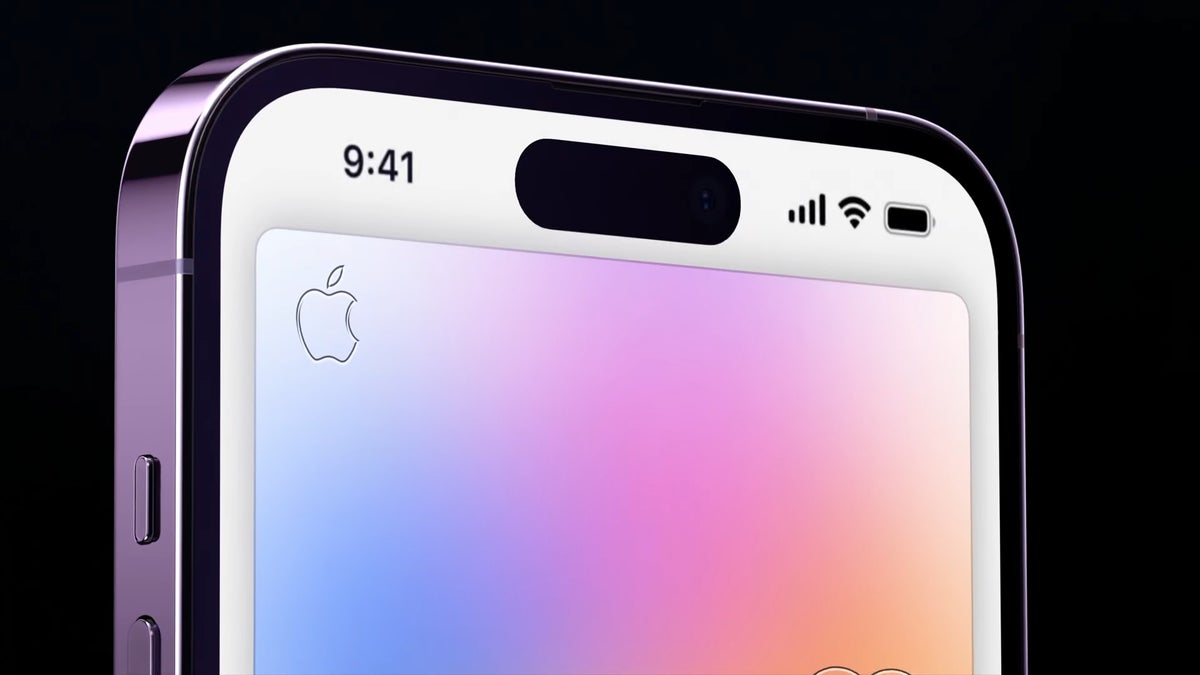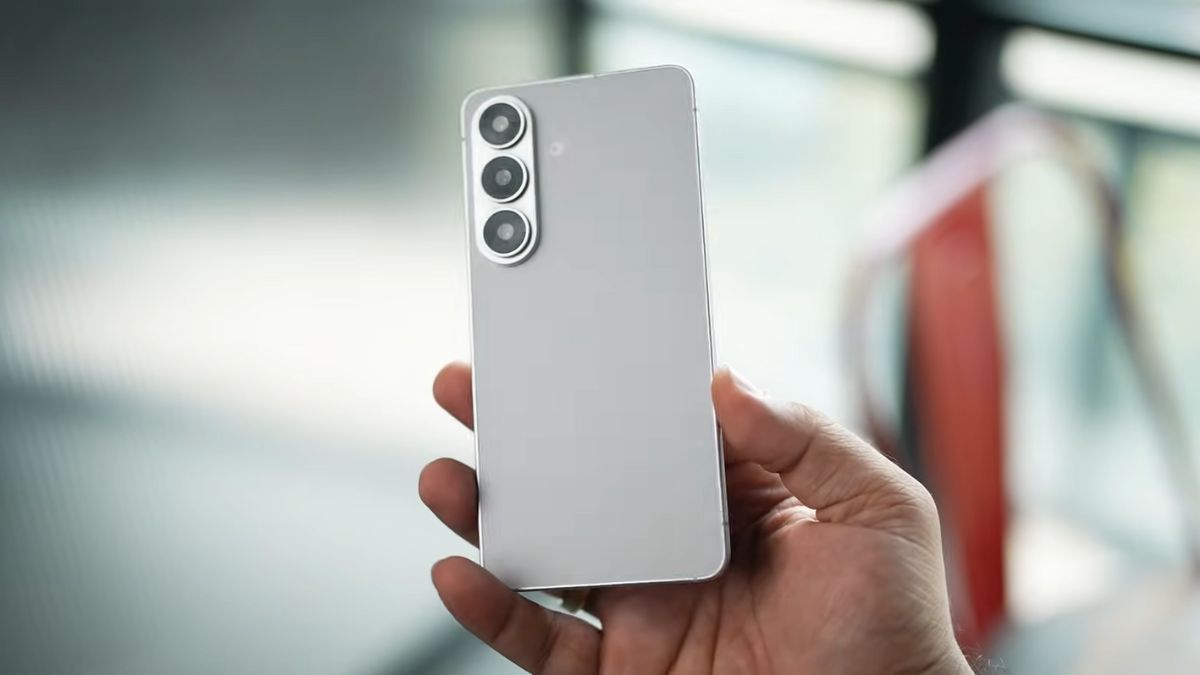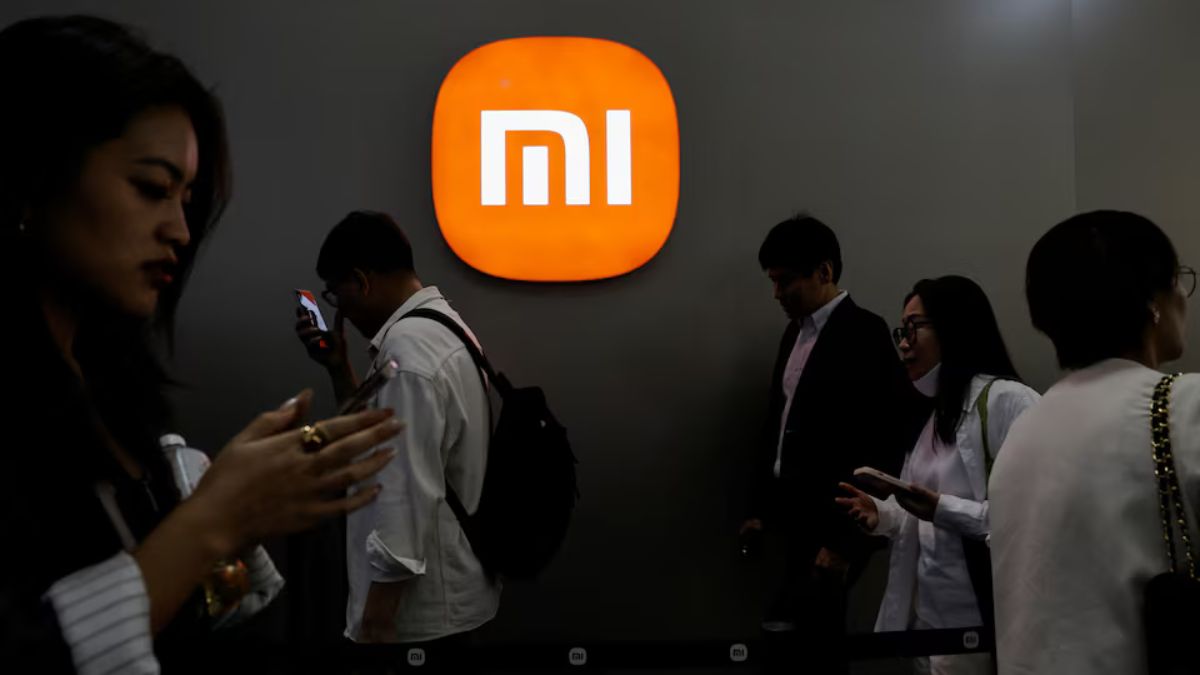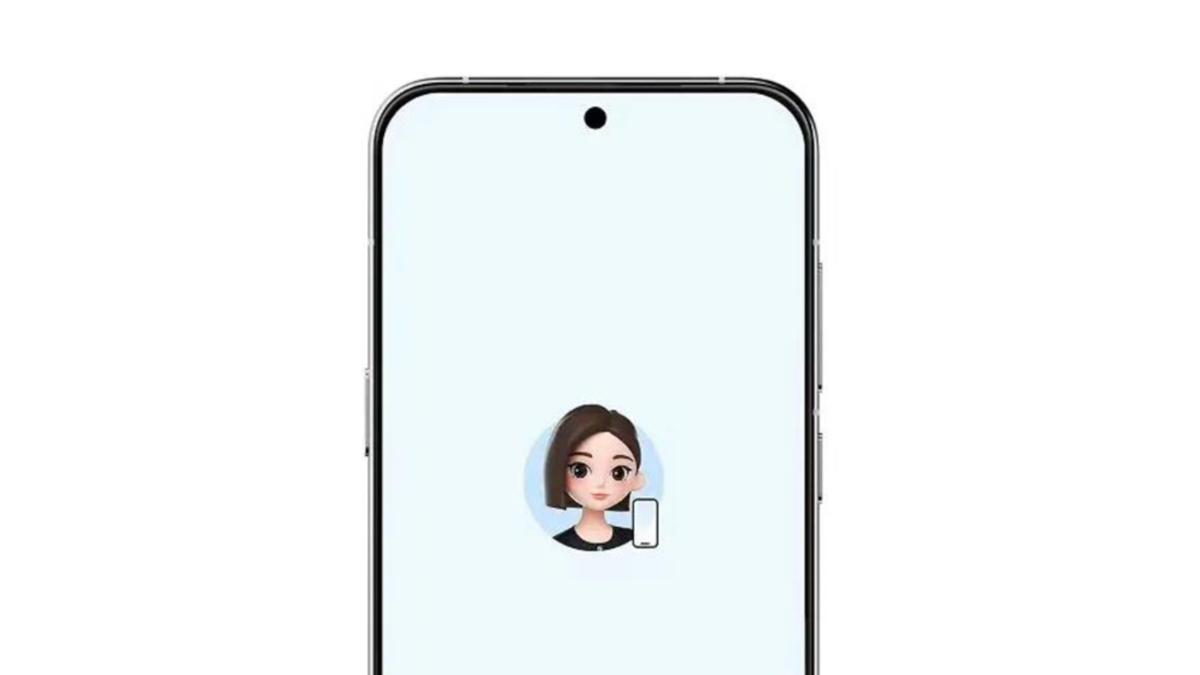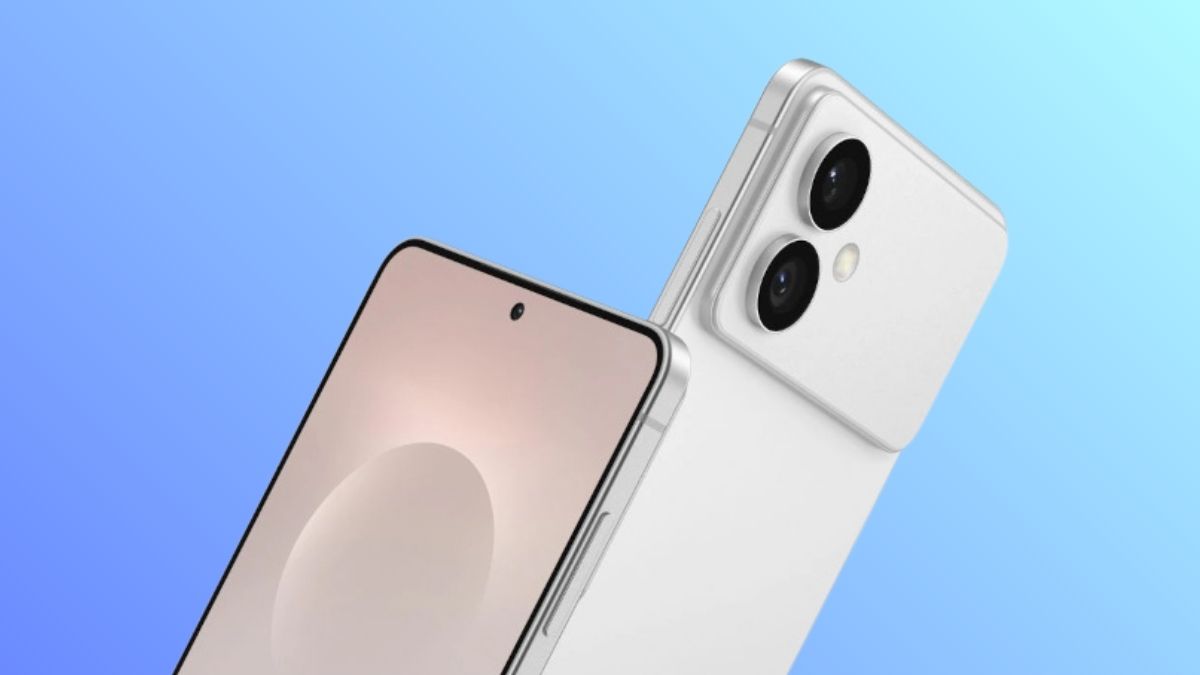Apple may be one step closer to realizing a bezel-free iPhone design, thanks to a newly granted patent that tackles a key technical challenge with embedding Face ID beneath the display.
This breakthrough could pave the way for a seamless, uninterrupted screen while maintaining the security and reliability of Face ID.
The Vision: A Single Slab of Glass
Apple’s long-term design ambition, first articulated by former design chief Jony Ive, envisions an iPhone that appears as a single, unbroken slab of glass.
Achieving this requires embedding all front-facing components, including the camera and Face ID sensors, beneath the display.
While embedding the camera remains a longer-term challenge due to quality concerns, integrating Face ID beneath the display is a more immediate goal.
However, the primary obstacle has been the poor transmission of infrared (IR) light through display panels, which is essential for Face ID’s functionality.
The Problem: Infrared Light and Displays
Face ID relies on IR light to map a user’s face accurately. Current display technology severely limits IR transmission, making it slow and unreliable for facial recognition.
Apple’s earlier attempts to address this issue included deactivating certain pixels to improve IR transmission, but these methods were complex and less effective.
The Solution: Subpixel Removal
The newly granted patent describes a more efficient approach: selectively removing certain subpixels within the display to create clear paths for IR light.
- How it Works:
Each pixel on a display consists of red, green, and blue subpixels. Apple proposes removing subpixels where neighboring pixels of the same color can compensate. This adjustment would allow IR light to pass through the gaps without noticeably affecting display quality. - Additional Enhancements:
By eliminating subpixels, Apple can also remove associated wiring, further increasing the clear area for IR transmission. The patent also suggests removing parts of the touch-sensitive mesh in these areas, ensuring that the display’s touch accuracy remains unaffected.
When Will We See This Technology?
Speculation about embedded Face ID has been a recurring theme, with predictions tied to the iPhone 15 and iPhone 16 failing to materialize.
However, optimism is growing for its debut in the iPhone 17 series, particularly for the rumored iPhone 17 Pro Max or the sleek iPhone 17 Air.
- Smaller Dynamic Island:
Reports suggest that at least one iPhone 17 model will feature a significantly reduced Dynamic Island. Embedding Face ID under the display would be the most logical way to achieve this. - iPhone 17 Air:
Designed for minimalism, the iPhone 17 Air aims for the sleekest possible design. Reducing the Dynamic Island to a simple camera punch-hole aligns perfectly with this vision, making it a strong candidate for early adoption of the technology.
The Path Forward
While there’s no official confirmation, Apple’s patent demonstrates a clear commitment to advancing display-embedded Face ID technology.
Whether it debuts in the iPhone 17 or a later model, this innovation represents a significant step toward Apple’s ultimate design goal: an iPhone that is all screen.

